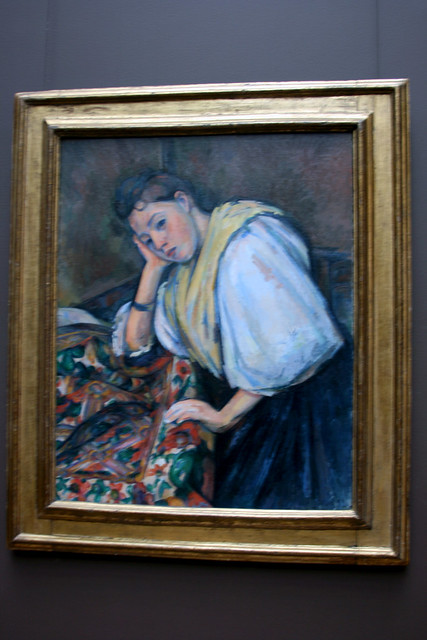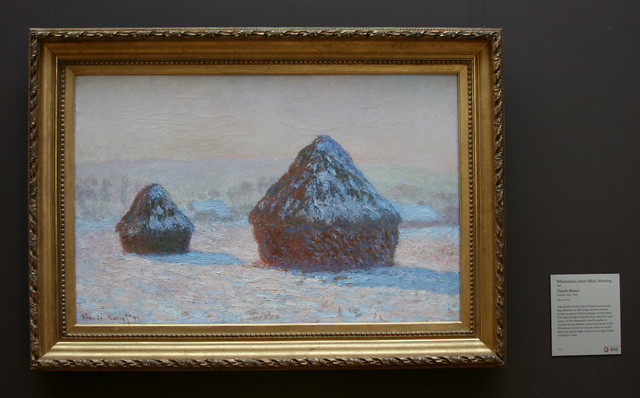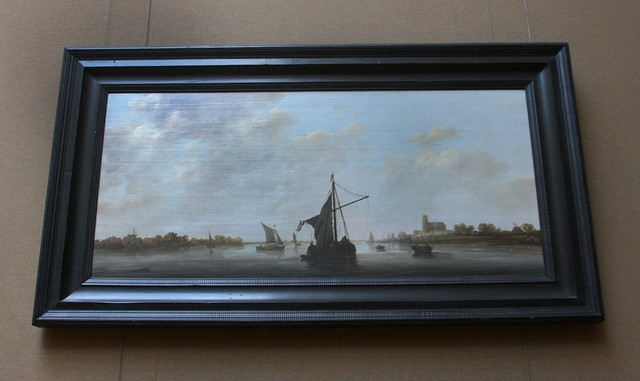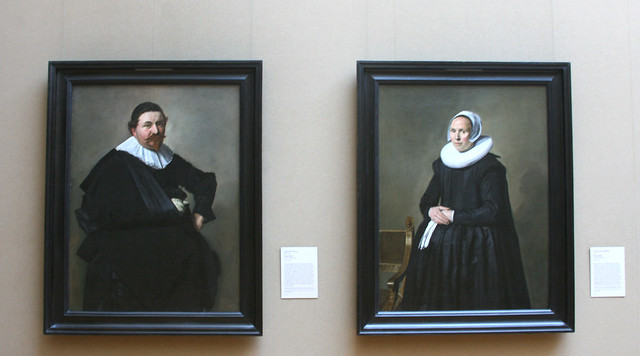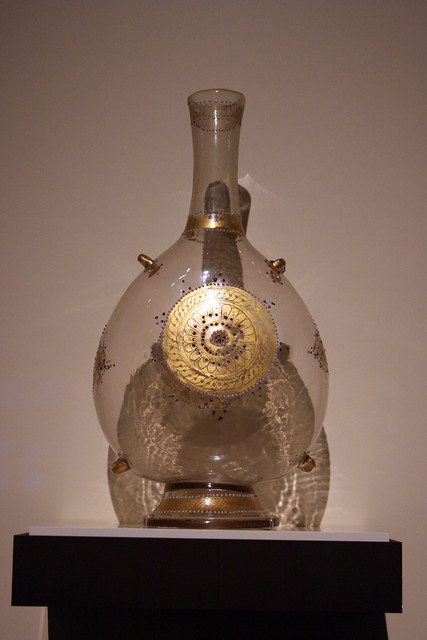 |
| Portrait of Thérèse, countess Clary AldringenJohn Singer Sargent, 1896. Oil on canvas, 90 x 48 in. (228.6 x 121.9 cm). Renée and Lloyd Greif, Los Angeles, California Article here. |
I wrote about the architecture of The Getty Center in my last post and the stunning Rembrandts a couple of posts before that. Today I will feature a few more of my personal favorites from The Getty Museum.
Stepping backwards in time, I begin with the John Singer Sargent's Portrait of Thérése, countess Clary Aldringen. Sargent's life-sized portrait stands tall and proud in the gallery.
Stepping backwards in time, I begin with the John Singer Sargent's Portrait of Thérése, countess Clary Aldringen. Sargent's life-sized portrait stands tall and proud in the gallery.
 |
| Source: The Getty |
His quick brushstrokes express the compelling presence of his statuesque subject.
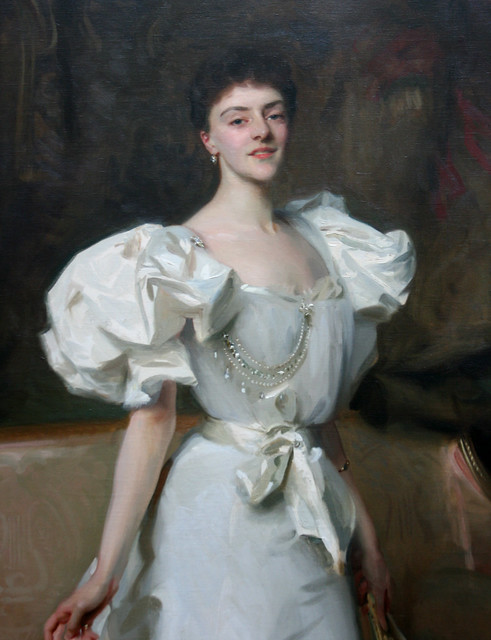 |
| Portrait of Thérèse, countess Clary AldringenJohn Singer Sargent, 1896. Oil on canvas, 90 x 48 in. (228.6 x 121.9 cm). Renée and Lloyd Greif, Los Angeles, California Article here. |
According to a Getty article the countess is portrayed here after she's had three children. I'm consoling myself by believing that she paid Sargent handsomely to shrink her waistline into an impossibly small hourglass.
 |
| Portrait of Thérèse, countess Clary AldringenJohn Singer Sargent, 1896. Oil on canvas, 90 x 48 in. (228.6 x 121.9 cm). Renée and Lloyd Greif, Los Angeles, California Article here. |
Since my love affair with Paul Cézanne started last fall, I continue to be inspired to see his work. In stark contrast to the regal presence of the Sargent portrait, Cézanne's melancholy pose for this young Italian woman does not convey an ounce of vanity.
Young Italian Woman at a Table Paul Cézanne, French, about 1895 - 1900 Oil on canvas, 36 1/8 x 28 7/8 in. Description here. |
I am in awe of Cézanne's commitment to understand the use of space on the canvas using the same familiar props over and over again. Above all, I was thrilled to see the budding spark of cubism in the background.
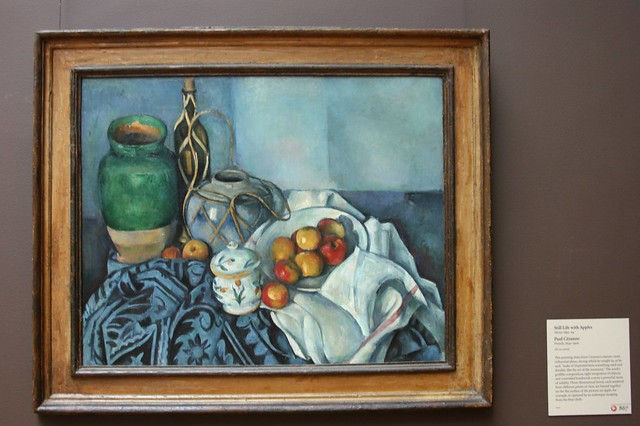 | |
Oil on canvas, 25 3/4 x 32 1/8 in. Description here. |
While Cézanne used his props as a constant to explore the use of space, Claude Monet studied the effects of light on the same landscape. He painted these haystacks at least thirty times as the seasons changed . The light in this example is wondrous.
Wheatstacks, Snow Effect, Morning, Claude Monet French, Giverny, 1891 Oil on canvas, 25 1/2 x 39 1/4 in. Description here. |
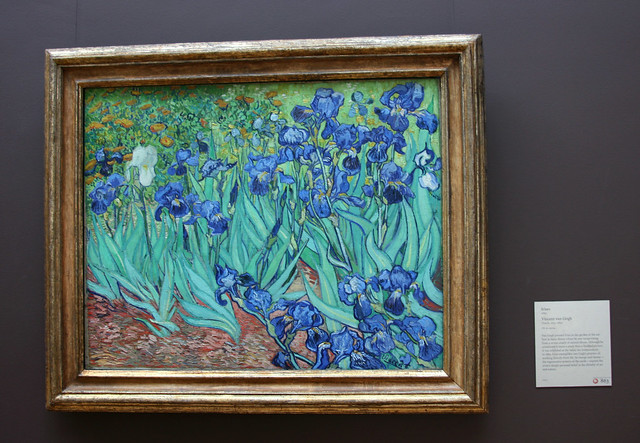 |
Irises, Vincent van Gogh Dutch, Saint-Rémy, France, 1889 Oil on canvas, 28 x 36 5/8 in. Description here. |
Stepping back more than one hundred years, I found Augustin Pajou's bust of an ideal female head. She is beautiful and demure with every hair in place. She was designed as a model to ornament a balcony in Versaille. To see the companion sculpture, click here.
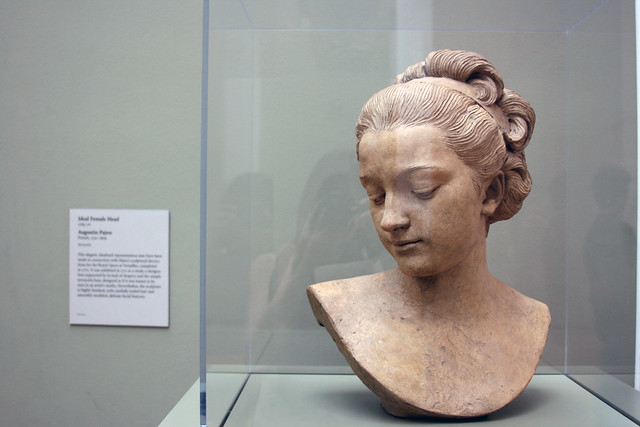 | |||
| Ideal Female Head, Augustin Pajou (1769 - 1770 ) French Terracotta on white marble socle Description here. |
Albert Cuyp paintings always get my attention because he is a household name in Amsterdam with a street, outdoor market, and even a supermarket chain named after him. His paintings always convey the essence of the Dutch low countries.
A View of the Maas at Dordrecht, Aelbert Cuyp Dutch, Dordrecht, about 1645 - 1646 Oil on panel, 19 3/4 x 42 1/4 in. Description here. |
I can understand why Frans Hals is my mother's favorite Dutch portrait artist. The Getty Center and the Rijksmuseum jointly conserved these 400-year-old paintings with beautiful results.
Lucas de Clercq and Feyna van Steenkiste Frans Hals, the Elder (c. 1580 – 26 August 1666), after conservation Description here. |
The oldest piece I include here is the soft pink glass and gold-leaf Pilgrim Flask from Murano.
I'm hoping, by posting this, that I will return to that extraordinary island before long.


